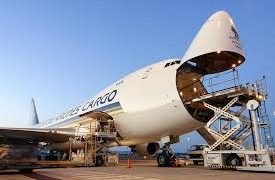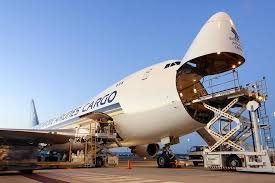Bangkok, Thailand – June 3, 2025
By Maria Kalamatas | The Logistic News
Section: Air Freight
Exporters across Southeast Asia are facing an unexpected challenge: not enough space in the sky. A sharp uptick in outbound shipments has pushed regional air freight capacity to its limit, particularly on routes linking Thailand, Vietnam, and Indonesia with Europe and North America.
“Every available pallet position is spoken for — we’re seeing volumes that remind us of peak pandemic logistics,” said Aran Phetchphong, Head of Freight Services at Siam Express Cargo.
Overflow from Ocean Freight Fuels the Climb
The resurgence in demand has been linked to recent delays and capacity shortages in container shipping, especially for eastbound traffic. Many companies, unable to rely on ocean freight schedules, are moving critical goods by air.
From electronic components to garments and medical supplies, exporters are rushing to meet tight delivery windows — even if it means paying premium rates.
“A two-week delay at sea could mean missing an entire retail cycle,” explained Linh Dao, Director of Regional Planning at Pacific Trade Solutions. “We can’t take that risk.”
Airlines Shifting Priorities to Cargo
Recognizing the trend, several carriers have responded swiftly. Korean Air, Singapore Airlines Cargo, and Emirates SkyCargo have redirected additional capacity to Southeast Asian routes.
According to logistics analysts, cargo load factors have reached 95% on key corridors, with backlogs forming at origin airports.
“This is no longer a temporary spike — it’s become a structural adjustment,” said Marcus Yu, Aviation Strategist at Eastgate Advisory.
Ground Handling and Customs Face Bottlenecks
With aircraft flying full, pressure is also building on airport infrastructure. Ground handlers are working overtime, and customs officials report longer queues as export volumes rise.
Some logistics providers are booking air freight slots a full week in advance — a rare move in a market that usually operates on shorter timelines.
No Signs of Slowing
Experts believe the current momentum may stretch into Q3, especially if delays in sea freight persist. For many, this signals a return to high-urgency, just-in-time logistics models — at least in the short term.
“Our clients aren’t just paying for speed,” added Phetchphong. “They’re paying for certainty.”
✎ Maria Kalamatas
Senior Correspondent – The Logistic News
Section: Air Freight























